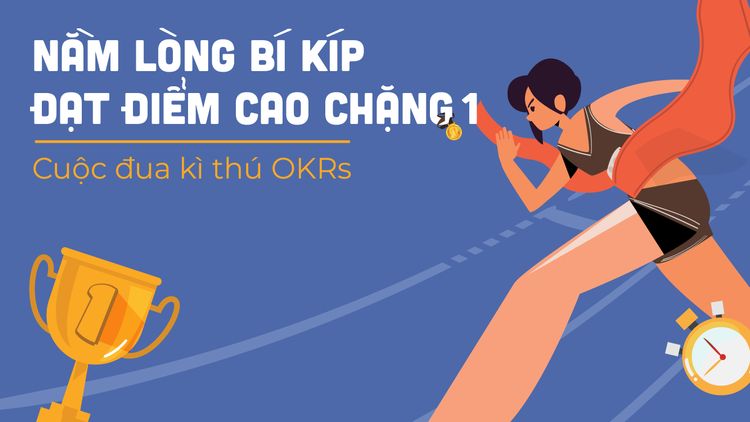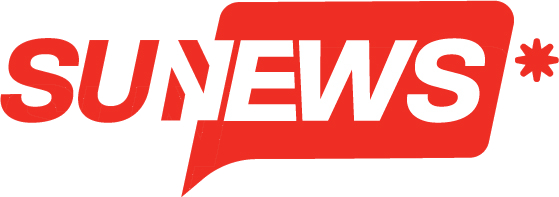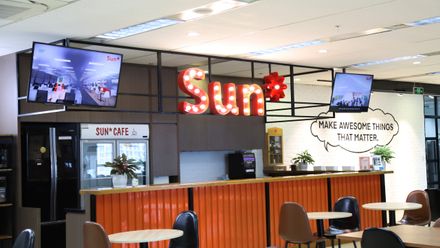Great tips to take the lead in stage I - The OKRs amazing race
The OKRs amazing race has officially kicked off with many great prizes, have Sunners mastered OKRs to reach the finish line in the first race?
The criteria for scoring OKRs achievements in the first stage are very clear. To get the maximum score, please remember to perform and meet all criteria set by the organizers!

Progress: Fully update OKRs during the race
Continuously sharing and updating the progress of implementation and the goal completion rate will help Sunners stay connected with their goals, thereby ensuring the effective implementation of OKRs. Therefore, everyone should update real-time OKRs progress on S* Goal system.
In order to be considered as correct and sufficient updates, Sunners should ensure the frequency of updating OKRs every week during the course, before the 12 am Sunday night every week for individual OKRs and group OKRs. The frequency of full OKRs updates per month in the stage, before the last Sunday evening of the month for the Group.
In particular, in order to avoid receiving a series of 0 points despite having set OKRs, Sunners need to pay attention to update OKRs on S* Goal properly with specific steps given by Sun* News.
Sunners update OKRs with standard progress and frequency will give Sunners quality springboard before speeding up the next stage.
Standard structure: There are 3-5 Os and each O has 3-5 KRs.
According to experts' advice, when setting up OKRs, each individual/group should set up 3-5 Objectives and in each Objective should have 3-5 Key Results to ensure focus and bring greater efficiency.
Setting up OKRs in the standard format of 3 Objectives, 3-5 Key Results is a necessary condition to help Sunners create advantages in stage I - Quality assurance. Proper implementation of the structure will be a bonus to consider the advantage of ranking position in case 2 Sunners’ points are equal.

Measurement: KRs are measurable and KRs can measure Objective
The objective can be both quantitative and qualitative but it must specify a specific object, which can be: product, project result (number of CSS points when completing project) of a team, product, results of the program (how many members joined)
For example, O1: 100% Projects in quarter 3/2020 received high appreciation from partners
Each KR (key result) in the KRs of an Objective (target) needs to go with O, within a specific term, and it can measure Objective.
For example, KR1: 100% of projects in quarter 3/2020 received a CSS score above 80
Alignment: The link between individual OKRs with the Team/Group's OKRs and the Group's OKRs.
The division model is divided into Tech and Non-Tech divisions with the assigned tasks and responsibilities. Each department plays an important role in the overall development of the company. The development of Sun* and the development of each Sunner are highly mutual, so each individual's short-term goals should be consistent with the long-term goals of the organization.
Setting OKRs is the way to create a unified organization to make sure the goals are set and implemented by everyone in the company to accomplish the plan.
For example:
- The objective of your Unit in the third quarter of 2020: Improving the quality of internal personnel
- The objective of your Group in the third quarter of 2020: 100% Process of testing projects are correct
→ From here, you can set your Objective: Complete 1 advanced QA test course
With the above small notes, hopefully, Sunners can become winners in the first stage called "Quality Assurance" of the amazing race. Please complete the 3rd quarter OKRs set on July 9 to get ready for the race and gain an advantage in the warm-up of the first stage!
Don’t miss the scoring method of each criteria to promptly update the number of points received after each week.

 VI
VI EN
EN



